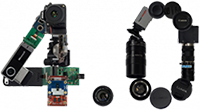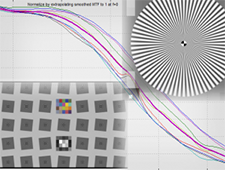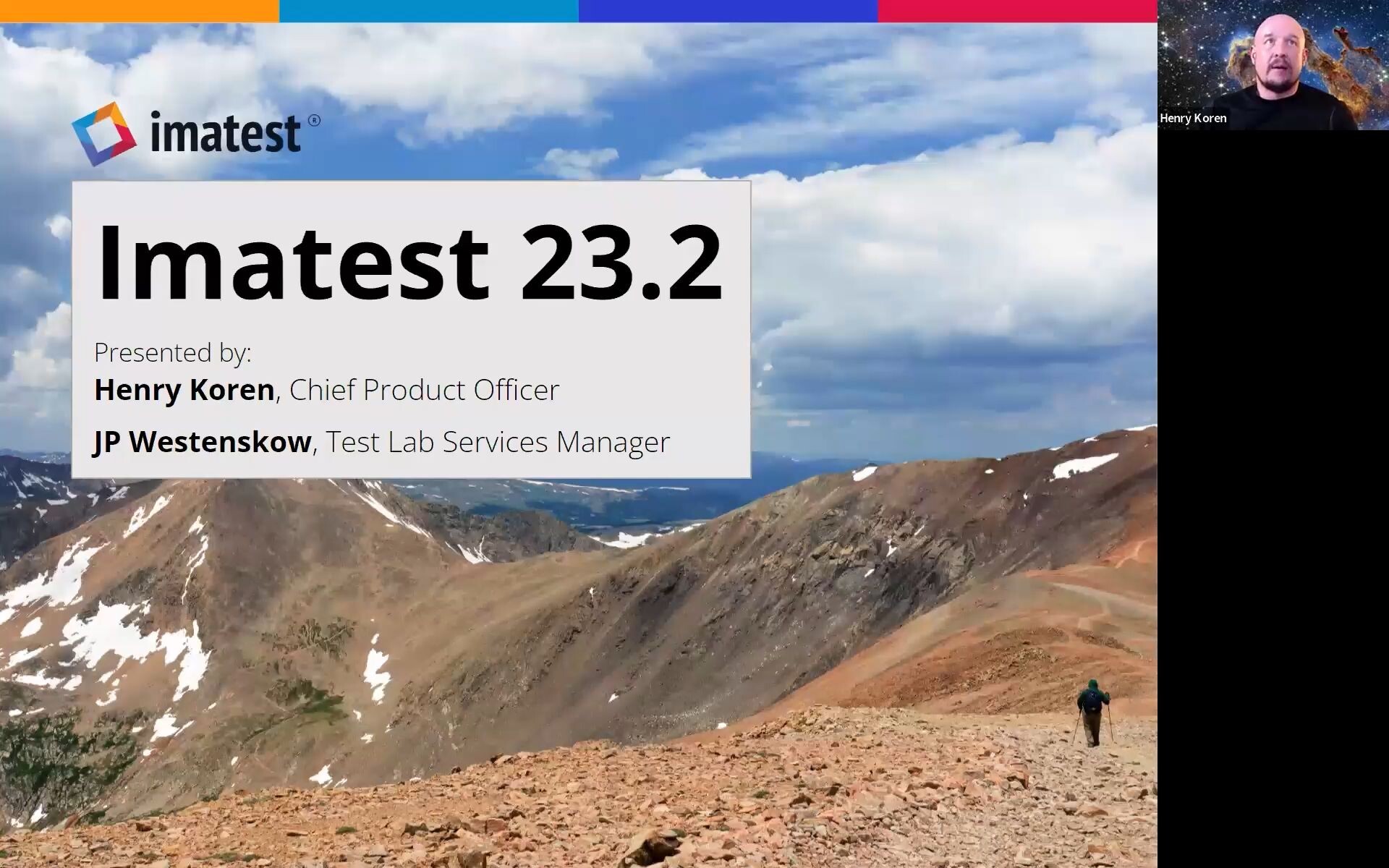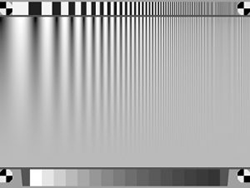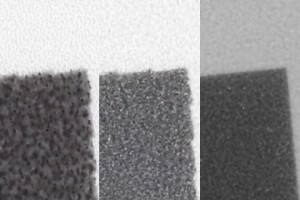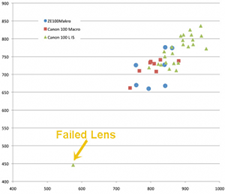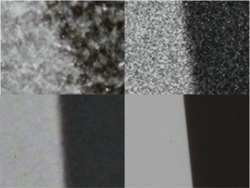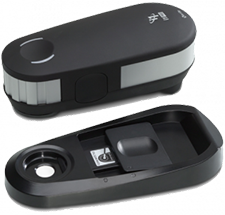Search Results for: MTF
Slanted-Edge versus Siemens Star: A comparison of sensitivity to signal processing
This post addresses concerns about the sensitivity of slanted-edge patterns to signal processing, especially sharpening, and corrects the misconception that sinusoidal patterns, such as the Siemens star (included in the ISO 12233:2014 standard), are insensitive to sharpening, and hence provide more robust and stable MTF measurements. April 2024. We have a new document that compares slanted-edges with Siemens stars. (I’m embarrassed to say I’d forgotten the existence of this post.) Slanted edge vs. Siemens star MTF calculations: 2024 white paper We compared images (simulated, JPEG, and raw; demosaiced and one undemosaiced) that contained a Siemens star and slanted edges. We […]
Videos
Categories About Imatest Getting Started Image Quality Factors Software Releases Product Overview In the Lab Measuring & Reading IQ Plots Webinars Industry Events Standards Speeding up videos About Imatest Getting Started Image Quality Factors Software Releases Product Overviews In the Lab Measuring and Reading IQ Plots Webinars Industry Events Speeding up videos A Video Speed Controller is available on the chrome web store. If you prefer to use the console, follow these steps for Google Chrome: Open the video. Hit ctrl+shift+I or right-click then choose Inspect to view the HTML for […]
Speeding Up Imatest IT with INI File Settings
This article focuses on how to improve the performance of Imatest IT testing using configuration (ini file) settings. Limiting the number of regions used to test, limiting the size of the regions API Section Settings Disable messages and figures [api] nomsg = 1 disable_figs = 1 Settings for Slanted-Edge modules: SFR, SFRplus, eSFR ISO, Checkerboard, SFRreg Many of the settings described here are also listed in Using Rescharts slanted-edge modules Part 2: Speeding up runs. (Although Imatest IT does not run Rescharts directly, Rescharts is used in Imatest Master to make and save settings that can be used in several […]
Sharpness and Texture Analysis using Log F‑Contrast from Imaging-Resource
Imaging-resource.com publishes images of the Imatest Log F-Contrast* chart in its excellent camera reviews. These images contain valuable information about camera quality— how sharpness and texture response are affected by image processing— but they need to be processed by Imatest to reveal the important information they contain. *F is an abbreviation for Frequency in Log F-Contrast.
Reflective Chart Quality Comparison: Inkjet vs. Photographic
In our last chart quality investigation we looked at the fine detail of transmissive (backlit) test charts. Now we will look in to the properties of reflective charts. Imatest currently offers three types of reflectively-illuminated test chart. Most of the charts we produce are printed on a high quality inkjet printer on matte or semi-gloss (luster) papers. We also have a chart that is produced with a photographic process. We will determine which of these substrates has the sharpest edge and quantify the difference.
Imatest 3.10 Released
The release of version 3.10 of Imatest brings a host of improvements to make image quality testing faster and more relevant to advances in cameras. Look for performance, stability, interface and measurement improvements across the board as well as some excellent new modules and features.
Transmissive Chart Quality Comparison
Imatest currently sells several transmissive (backlit) test charts, which have a range of substrates, each with specific properties and qualities that are in process of being quantified. The following comparison of the most important of our transmissive substrates was prepared in response to several customer inquiries.
Measuring Test Chart Patches with a Spectrophotometer
Using Babelcolor Patch Tool or SpectraShop 4 This post describes how to measure color and grayscale patches on a variety of test charts, including Imatest SFRplus and eSFR ISO charts, the X-Rite Colorchecker, ISO-15729, ISO-14524, ChromaDuMonde CDM-28R, and many more, using a spectrophotometer and one of two software packages. Babelcolor PatchTool which works with reflective test charts Robin Myers SpectraShop 4 which works with both reflective and transmissive (backlit) test charts



